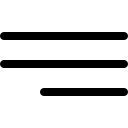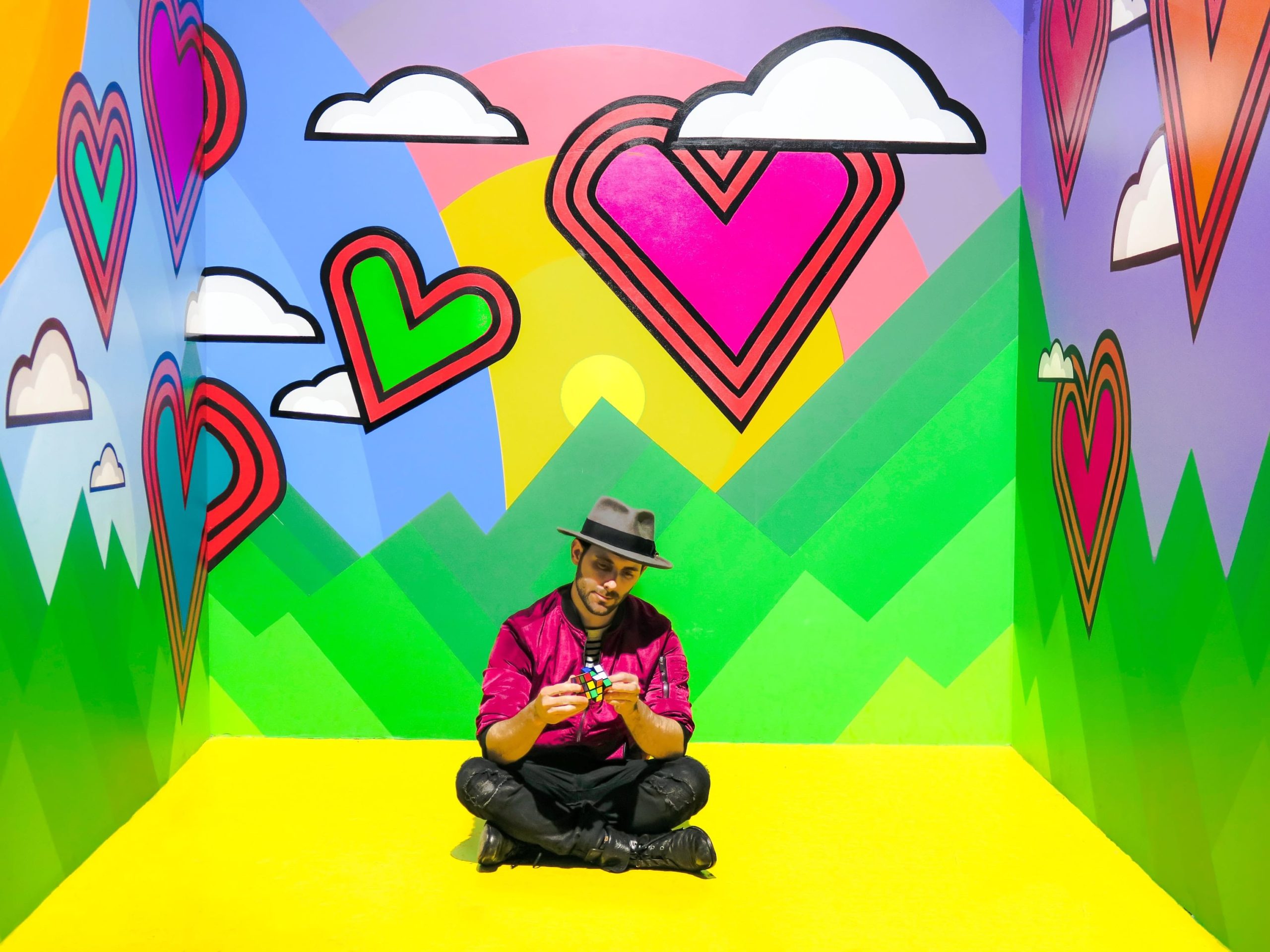Introduction
Hi guys!
Last Wednesday we went to Ironhack school to attend “The potential of psychologists in the world of UX” conference in Matadero, Madrid. We wanted to dedicate a few lines in our blog to comment a bit how was it and highlight the most important ideas that we gathered from each talk.
The three psychologist speakers showed us very well the importance of psychology for understand users when we are designing an application and get a better user experience.
Psichology and UX
The first to speak was María Núñez, a psychologist who works as CX/UX researcher in a marketing company. She showed us some videos of their tests with mistakes which make users do not understand the functionality of an app. We found very interesting the reactions of some of them (with no so much experience in apps) when testers ordered them some specific tasks. Maybe they had strange opinions, crazy ideas, comments that seem to have nothing to do but those are true and valid, that’s how the brain works, they are the users!
What we would highlight from Maria’s talk, would be the part about when she spoke about the importance of get good labels in the app (very important not to confuse the users otherwise they will lose interest on their task) and also not to do“very new things” because people are overwhelmed if they don’t know the behavior of something, tending to abandon the app. She gave us examples from these two mistakes and both were very good:
– Using the word “introduce” to indicate that you must create a new password to use the app instead of your credit card. Apparently plenty of users put the pin of the card and not a new one that is what they were asked. This word “introduce” confuses users, so it should NOT be used if you are asking to create something new. It is best to use another type “create” or “select”.
– The second example was a mistake that designers made in an e-comerce app for a Christmas campaign. Several proposals were made to highlight the “party dresses” section and many of users (despite being the design of this section very prominent) did not see it. This happened because they thought that part was an advertising, something that not let them finish the task they had in mind, just find it. In one proposal this section was designed as a popup, and in another version they highlighted the whole cell in black leaving white the rest of the menu (for this reason was not clear that it was one more section from the menu but highlighted).
Closely related to this example, the second speaker was Eduardo Arguijo, UX designer. What we liked the most about his presentation was when he showed us with eye tracking how people’s brains have limited attention, how we act when we want to carry out a mission and how the brain totally eliminates what is not on it. The brain avoids or eliminates the elements that look like advertising (with banners shapes or complicated images, for instance). The best is to use simple shapes, clear designs and large spaces around if we want to attract attention.
The third speaker, Juan Galán, psychologist and UX student, spoke about some principles of psychology that are also applied in user experience. We briefly summarize the most important ones:
✔ User remembers the first and last item in a list.
✔ A lot of options is worst, it takes more time for the decision and users get unhappier when they choose and abandon the others. The best is to show just a few options and much better if you recommend one of them.
✔ The brain is more comfortable with simple, regular and symmetrical shapes. We avoid complicated things.
✔ Apps with difficult tasks do not succeed. Better short tasks, intuitive and with little mental effort. To conclude this post in which we have mix psychology and UX, we must emphasize again that an app should be attractive and at the same time usable and easy to understand for all. We know each app has its own kind of users but we must count on even with the less inexperienced ones.
Conclusion
In these talks, short but super interesting, they taught us more psychological tricks to get a better UX in our application.
If you are interested in this post and want to know more about UX and how to apply it in your designs, we recommend this one in which we give you more UX tricks.





